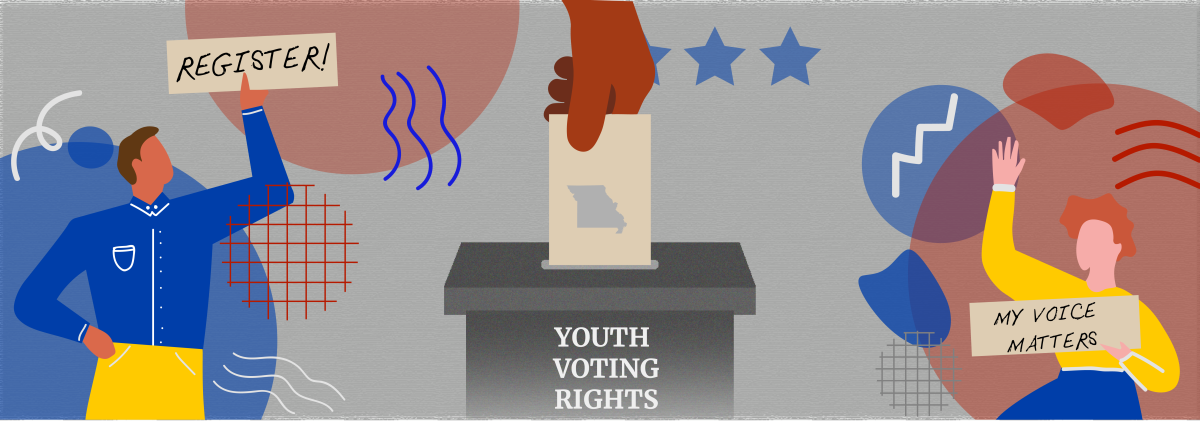
On Aug. 29, Congress introduced a voting rights act aimed to provide accessible voting for university students.
If this act is passed, all public universities will be required to provide voter registration services to its students, set up voting polls on campus for all federal elections, allow students to use their campus address as place of residency and mandate elections to include student ID as acceptable voter identification.
Mike Burns, the national director for the Campus Vote Project, advocates for more accessible voting. He and his team have worked with universities across the U.S. to provide students with accessible voting services.
“I got into [ Campus Vote Project] because I think it is important when everyone in the community has their voice heard,” Burns said. “But structurally, we have not built a democracy that is good at creating ‘on ramps’ and welcoming the newest members of that democracy into the process and helping them navigate it.”
Burns’ sentiment is backed by the numbers. In 2016, the rate of students voting in the presidential election was 52%, nine percentage points below the national average of 61%. However, in the most recent presidential election in 2020, the student vote jumped to 66%.Burns attributes this jump to accessible voting services provided by schools.
“When we make the process more accessible, more people will participate,” Burns said. “Even during the pandemic in 2020 when we saw so many states doing things like expanding access to vote by mail, we saw the most people in the history of the country ever turn out, and that was during a pandemic.”
In many states, out-of-state students sometimes lack access to information pertaining to local elections, leading to uninformed votes on important state issues. As a result, many out-of-state students are not allowed to use their temporary address while registering to vote. In a survey conducted by the Campus Vote Project, 60% of college students believe that ‘voting is easy,’ yet less than 25% of students know election dates or poll locations.
Burns added that states have long been able to get away with marginalizing the voice of the youth:
“We’ve seen a number of states change their voter ID laws specifically to target student voters and young people in particular by removing student IDs or documents that students hold from the list of acceptable types of IDs,” Burns said.
Executive Director of the Students Learn Students Vote Coalition, Clarissa Unger, also advocates for the passing of the Student Voting Rights Act and champions the importance of the student vote. Unger and the SLSV have long been involved with student voting rights and stress the importance of this act.
“The cause of young voters is a key part of the renewed push for civil rights,” Unger said. “This legislation, if passed, would codify important protections for our youngest generation of voters at a time when their democratic rights are under threat.”
Burns and his team believe there is more work to be done to get America’s youth fully engaged in politics.
“I think getting registered and voting is the floor, not the ceiling,” Burns said. “Being involved in democracy is a year round activity. Registering to vote is just one of the steps in the toolbox for trying to create change in a community.”
Edited by Sophia Anderson | [email protected]
Copy Edited by Bella Zielinski and Sterling Sewell | [email protected]
Updated 9/28/23.